Cappadocia is a historical region located in central Turkey, known for its unique landscape with ancient rock formations, and underground cities. It has been home to many different civilizations and cultures throughout the thousands of years of its history .
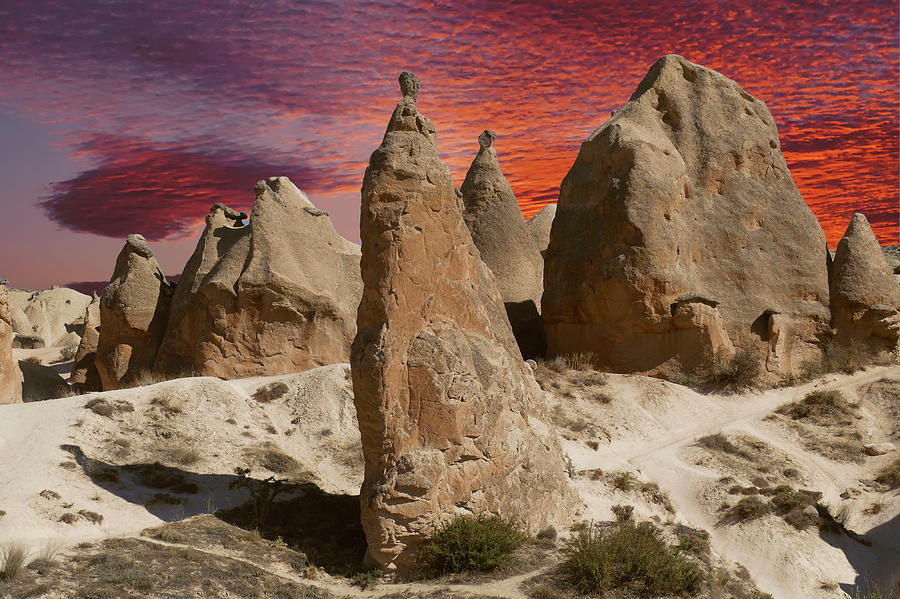
Hiking in Cappadocia
The best way to appreciate the strange landscape of Cappadocia is to take several of the short hikes in the area. On our tours, we often have the van leave us at a high point then follow canyons and rivers to where our van awaits in a small village.
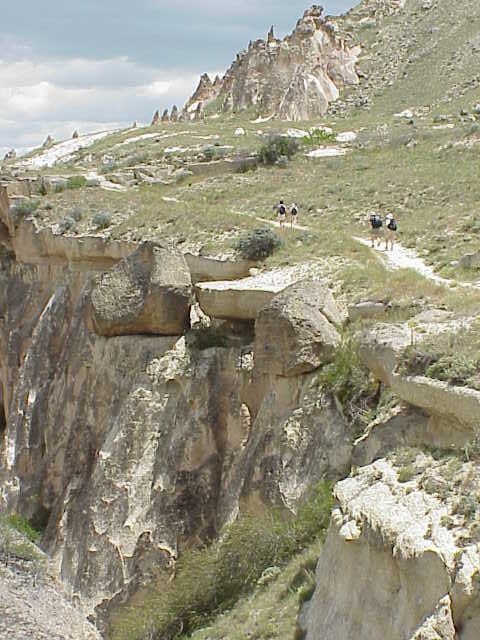
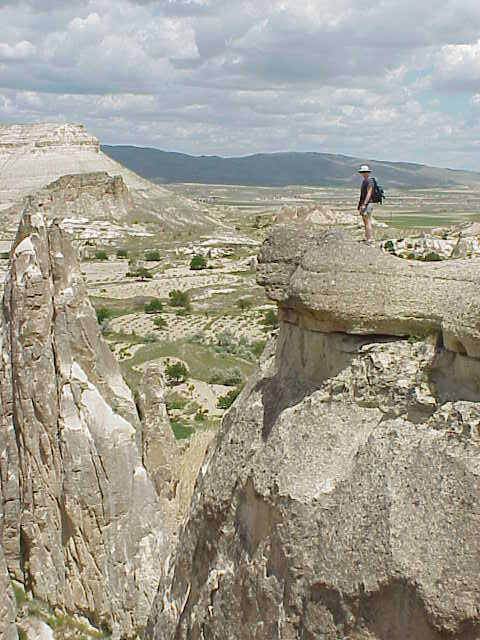
Christian art in Cappadocia
The two main areas for Christian art are the Ihlara Valley (covered in hiking) and the Goreme Open-Air Museum, a UNESCO World Heritage site. The latter contains churches and monasteries carved from the rock, each with their own unique frescoes. The most impressive of these is the Dark Church, which features elaborate scenes from the life of Jesus and other Biblical stories.

Natural history of Cappadocia
In Cappadocia you’ll find widespread volcanic rocks (lavas, pyroclastic deposits) alternating with sedimentary rock. These mostly came from the eruption of two ancient volcanos in the middle Miocene, about 10-15 million years ago. Lava and rocks ejected from these volcanoes eventually produced the surface found here today,
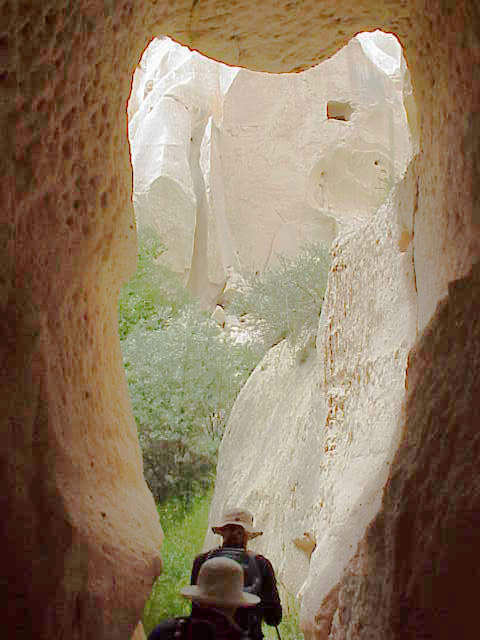
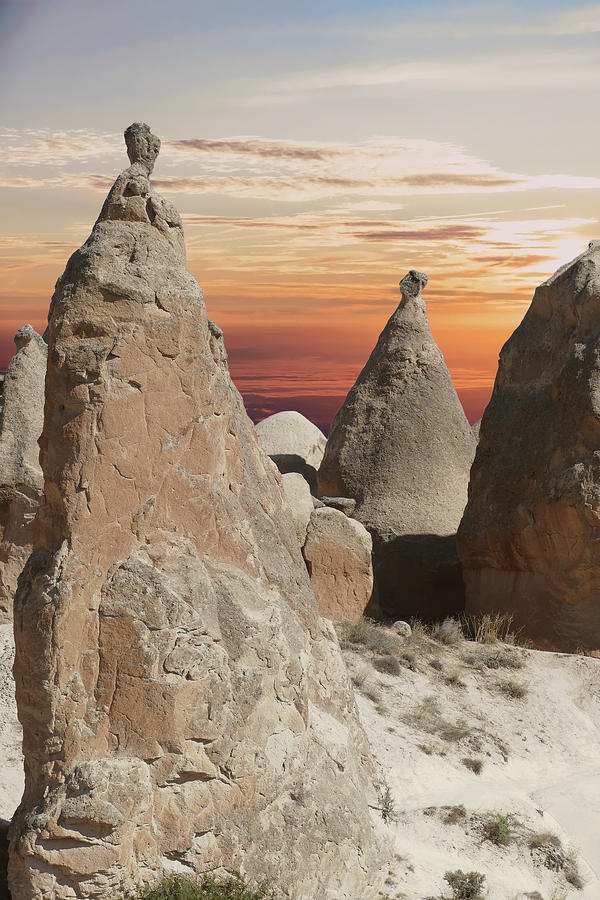
Underground Cities
Derinkuyu & Kaymakli are two underground cities we’ve explored. These cities were most likely used for emergencies of short duration.

History of Cappadocia
The earliest known inhabitants of Cappadocia were the Hittites, who were one of the most powerful empires of the ancient world. The Hittites lived in the region from around 1800 BCE until their collapse in the 12th century BCE. They were followed by the Phrygians, who established a powerful kingdom in the region and left behind many impressive monuments and ruins.
In the 6th century BCE, the region was conquered by the Persian Empire, which ruled over Cappadocia for over two centuries. After the fall of the Persian Empire, Cappadocia was ruled by various Hellenistic kingdoms, including the Seleucids and the Attalids.
During the Roman period, Cappadocia became an important center of trade and commerce, and many new cities were built in the region. The Romans also introduced Christianity to the region, and Cappadocia became a center of early Christian monasticism.
In the 4th century CE, Cappadocia became part of the Byzantine Empire, which ruled over the region for the next several centuries. During this time, Cappadocia became a center of religious and cultural activity, with many impressive churches and monasteries being built in the region.
One of the most important figures in the history of Cappadocia during this time was Saint Basil the Great, who was born in Cappadocia in the 4th century CE. Saint Basil was a theologian and bishop who played a key role in the development of Christian theology and monasticism.
During the 11th and 12th centuries CE, Cappadocia became an important center of the Byzantine Empire’s struggle against the Seljuk Turks, who had invaded Anatolia from Central Asia. The Byzantines built many impressive fortresses and castles in the region, and Cappadocia became a key strategic location in the conflict between the Byzantines and the Seljuks.
In the 13th century CE, Cappadocia was invaded by the Mongols, who destroyed many of the region’s cities and monuments. After the Mongol invasion, Cappadocia became part of the Seljuk Sultanate of Rum, which ruled over the region until it was conquered by the Ottoman Empire in the 16th century CE.
During the Ottoman period, Cappadocia became an important center of Islamic culture and learning, and many impressive mosques and madrasas were built in the region. However, the region also suffered from periodic uprisings and rebellions, and was often a site of conflict between the Ottoman Empire and various European powers.